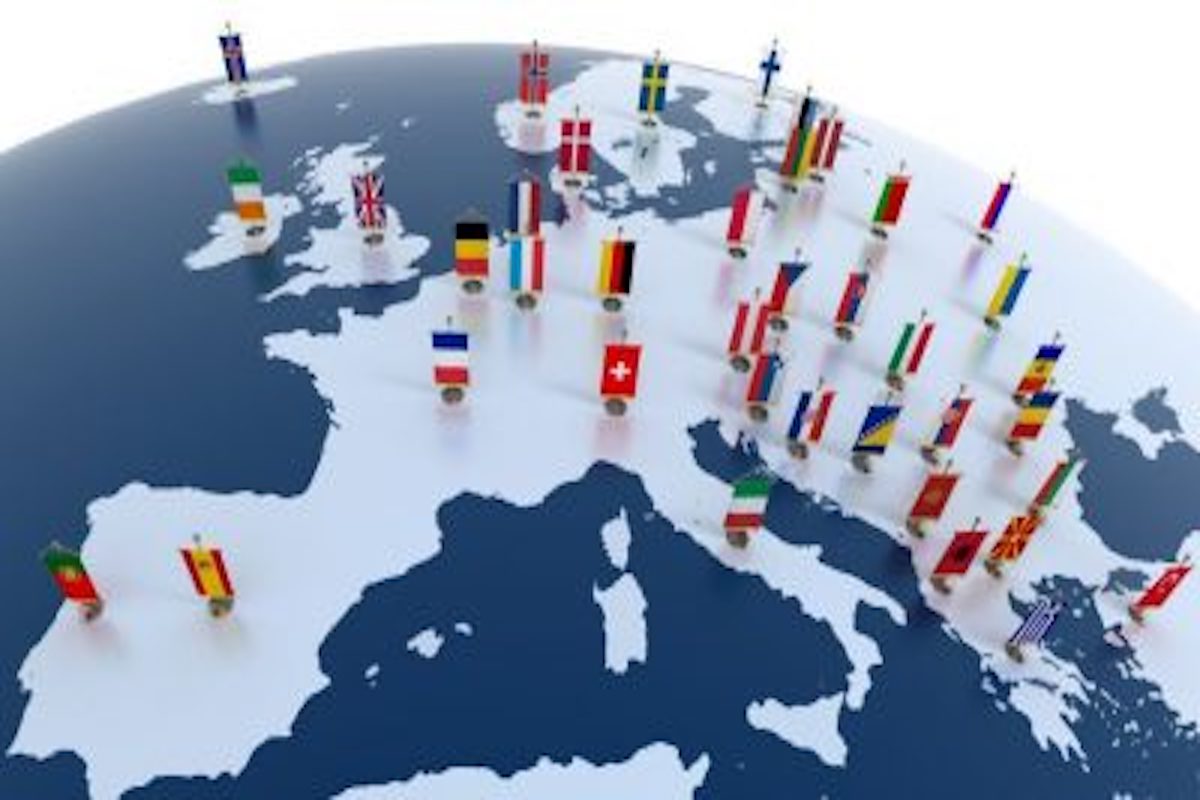As the crisis in Ukraine sends global fuel prices spiraling higher, governments in European Union (EU) member states are scrambling for ways to reduce the economic impact their citizens are feeling at the gasoline pumps.
Prices for gasoline surpassed 2 euros (2.1 U.S. dollars) per litre in most of the 19 eurozone countries in recent days, according to media reports. The main factor pushing prices higher is supply issues related to the conflict between Russia and Ukraine.
Advertisement
Average gasoline price briefly spiked above 2 euros per litre at the start of the escalation of the conflict in February, but the latest increase is part of a sustained climb in prices amid supply shortages and worries of shortages during summer travel months.
Another big factor is the euro-dollar exchange rate. International trade in oil and gasoline is priced in U.S. dollars, meaning that the recent weakness of the euro against the U.S. currency has made pricing even higher in euro terms.
A year ago, the average price for a litre of gasoline in the eurozone was 1.30 euros, and at the start of this year, the price was about 1.55 euros per litre. That means prices have climbed more than 50 per cent over the last year and nearly 30 per cent since the start of 2022.
European countries, which have broadly vowed to end petroleum imports from Russia by the end of this year, have adopted different strategies to confront the problem. Before the Ukraine crisis, Russia supplied more than a quarter of the EU’s petroleum needs.
In Hungary, which does not use the euro, the government has established a price cap on gasoline, though the resulting discount is not applied when the purchaser has a non-Hungarian license plate on their car.
Germany, meanwhile, has discounted monthly passes on public transportation in order to make that option more attractive.
France, Italy, Germany, and Bulgaria (where the country’s currency is pegged to the euro), have all dramatically reduced fuel taxes as a way to artificially reduce cost at the gasoline pump, though some economists have worried that maintaining such policies on a sustained basis could have a negative impact on the governments’ balance sheets.
Croatia and Slovenia are among the countries that have either established some form of price freeze or maximum fuel price at gasoline stations.
While gasoline prices in Slovenia jumped to record high on Tuesday after the government’s May decree to cap retail prices expired on Monday, the government decided to cap the prices outside highways.
Higher fuel prices are a major contributor to inflation in the eurozone. In May, consumer prices in the eurozone rose by an average 8.1 per cent, up from a 7.4-per cent increase a month earlier.
The rate in May was the highest on record since the creation of the euro currency in 1999.









